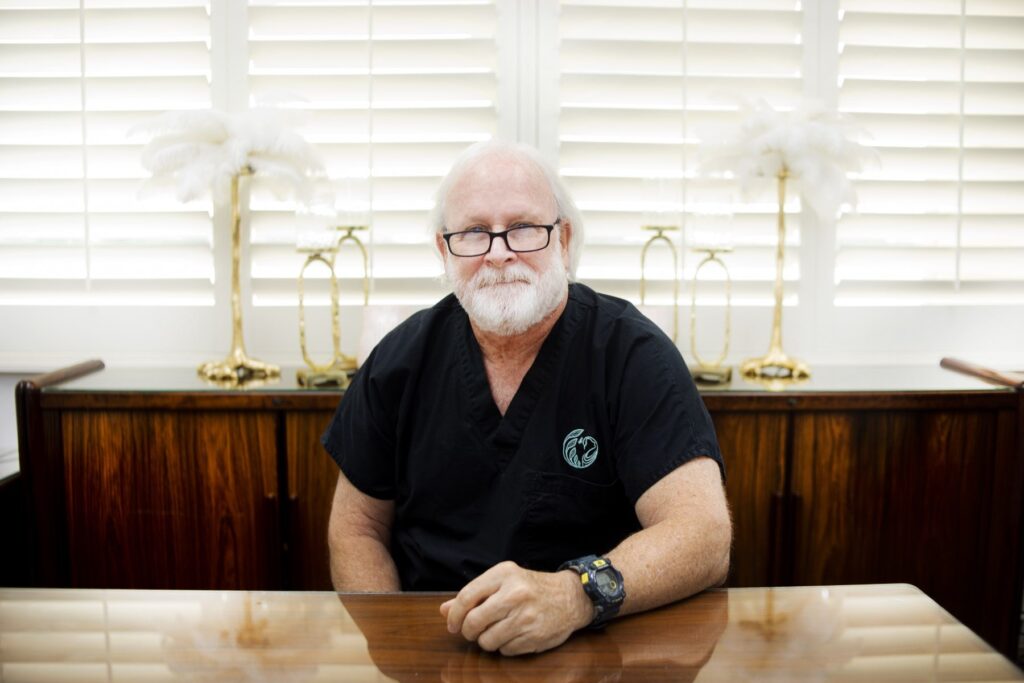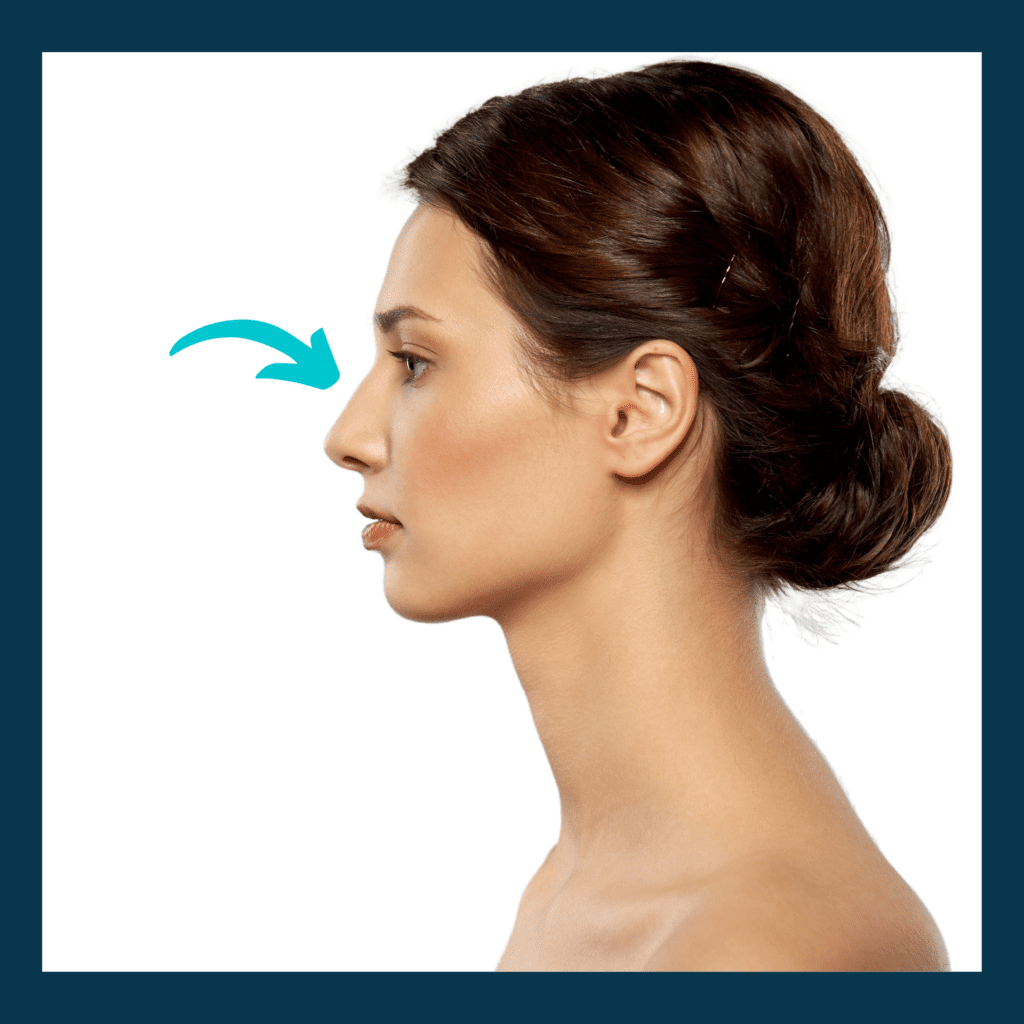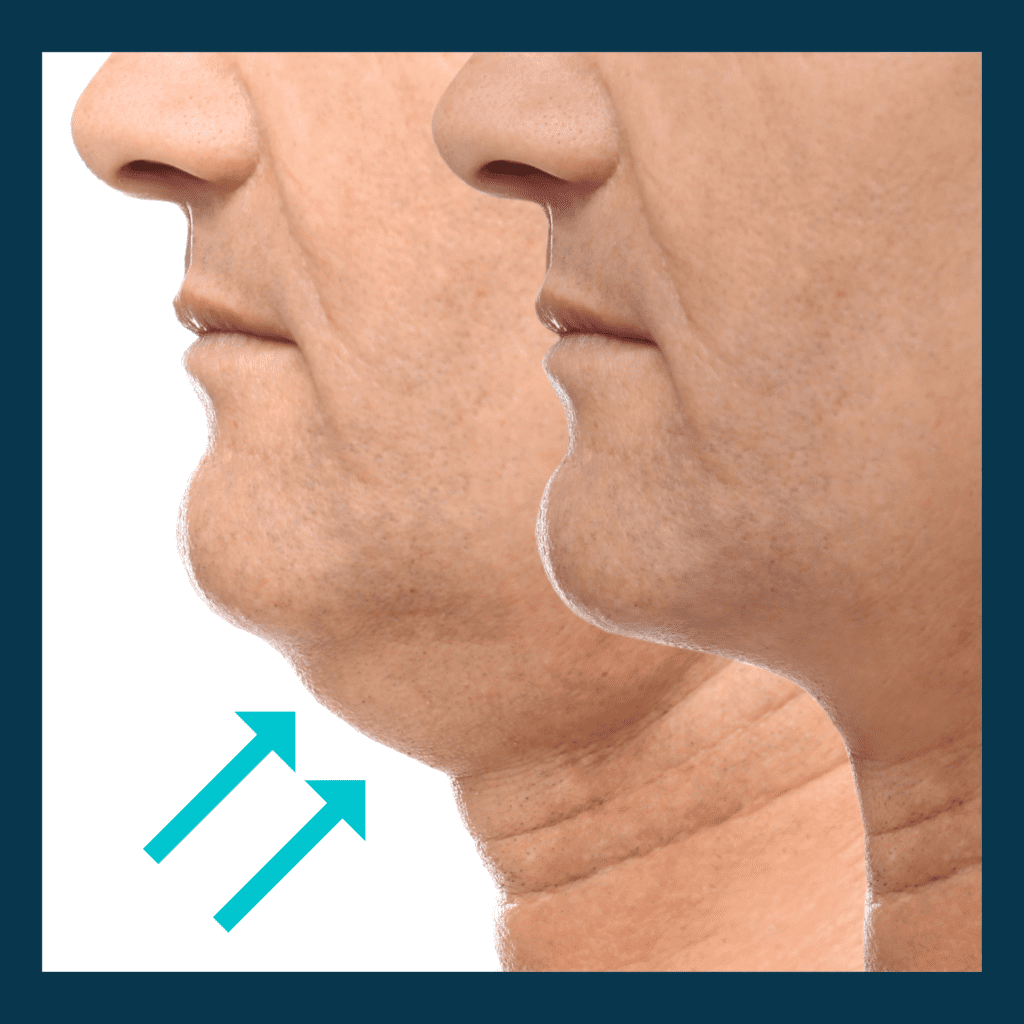
Boost Your Confidence
Otoplasty
Are you looking to improve the appearance of your ears or fix abnormalities like prominent ears or medical conditions like hematoma? An Otoplasty may be the right option for you. Learn more about what Otoplasty is, its benefits, its side effects, and what to expect from the treatment.

Fix Protruding and Asymmetrical Ears
An Otoplasty, otherwise known as ear surgery or earlobe repair, is a form of plastic surgery that improves the shape, position, and/or size of the ears. This type of surgical intervention can be done for medical or aesthetic reasons and typically involves repositioning and reshaping the ear cartilage to create a more natural look.

Benefits of a otoplasty
- There are many reasons to consider an Otoplasty including:
- Improving self-confidence and boosting self-esteem
- Correcting medical conditions or abnormalities
- Eliminating ear pain or discomfort

Who Makes a Good Candidate?
Most healthy adults and adolescents who are unhappy with the shape or size of their ears may be good candidates for Otoplasty. However, it is important to discuss all risks and benefits of the procedure thoroughly with your plastic surgeon before undergoing treatment.
Types of Otoplasty Procedures
There are many different types of ear and earlobe procedures, including:
Ear Augmentation
Ear Augmentation improves the appearance of small or asymmetrical ears. During this procedure, your surgeon will use dermal fillers to add volume and definition to your ears.
Ear Pinning
Ear Pinning corrects ears that are overly large or stick out too far from the head. During this procedure, your surgeon will reshape and reposition the cartilage in your ear to create a more natural look.
Ear Reduction
Ear Reduction reduces the size and projection of overly large or protruding ears. During this procedure, your surgeon will remove excess cartilage and skin from the ear to create the desired shape.
What Should You Expect From this Transformative Cosmetic Surgery?
An Otoplasty is typically performed on an outpatient basis and may take anywhere from one to two hours. During the procedure, your plastic surgeon will make small incisions in the front or back of the ears. The exact technique used will depend on the type of Otoplasty being performed. Once the incisions have been made, your surgeon will then reshape the underlying cartilage and skin. They may also use sutures or other materials to help maintain the new shape of your ears.
Lorem ipsum dolor amet, consectetur adipiscing elit
Lorem ipsum dolor amet, consectetur adipiscing elit
Lorem ipsum dolor amet, consectetur adipiscing elit
Lorem ipsum dolor amet, consectetur adipiscing elit
Everything You Need to Know About Recovery
After the procedure, you will likely have some swelling and bruising around the ears that should gradually subside over time. Your surgeon will provide instructions on how to care for your incisions in order to ensure a smooth recovery and to help minimize the risk of infection.
As part of the post-operative course, you may be asked to wear headbands or other protective gear or dressings to protect your ears while they heal. You will have several follow-up appointments following your surgery to evaluate your progress and make sure you have optimal healing.

Why Choose Brevard Cosmetic Surgery Group for Otoplasty Surgery?
At BCSG, we provide personalized care and attention to every patient. Our board-certified plastic surgeon specializes in Otoplasty and has the experience and expertise needed for successful outcomes. We prioritize safety and satisfaction, so you can feel confident that you are receiving the highest quality of care.
Commonly Asked Questions
About Otoplasty Surgery

Schedule an Otoplasty Surgery Consultation Today
with Brevard Cosmetic Surgery Group
If you are unhappy with the size or shape of your ears and are curious about Otoplasty, contact BCSG today to schedule a consultation. Dr. Bashore will take the time to discuss all aspects of the procedure with you, as well as any potential risks and benefits. With our help, you can look and feel more confident in your appearance.
Other Face Procedures
Please see below for our specialty services

Facelift
A Facelift, or Rhytidectomy, is a reconstructive surgery that can help reduce the signs of aging in your face and neck, such as fine lines, frown lines, and creases. Through incisions made along the hairline, excess skin and fatty tissue are removed and the underlying muscles are tightened. This procedure aims to give you a more youthful-looking appearance by smoothing wrinkles and sagging jowls.

Mini Facelift
A Mini Facelift, also known as a Short Scar Facelift, is similar to a traditional Facelift but with fewer incisions. This procedure targets the lower third of the face and neck, making it an ideal choice if you want to reduce wrinkles around the mouth and minimize jowls.

Neck Lift
A Neck Lift, or lower Rhytidectomy, is a surgical procedure that can help reduce double-chin, sagging, and looseness of the skin in the neck area. Through incisions made along the hairline, excess fat and tissue are removed and underlying muscles are tightened to give you a smoother, more contoured jawline.

Rhinoplasty
Rhinoplasty, or a Nose Job, is a nose surgery used to improve the shape and size of your nose. Through incisions made on either side of your nostrils, cartilage and/or bone can be reshaped to give you a more proportionate nasal profile. The goal of this procedure is to improve breathing, improve the appearance of your nose, or both.

Blepharoplasty
Blepharoplasty, or Eyelid Surgery, is a surgical procedure that can help reduce crow’s feet, wrinkles, and sagging skin in the eye area. Through small incisions made along the eyelids, excess fat and tissue are removed.

Upper Eyelid Surgery
Upper Eyelid Surgery is done to reduce sagging and wrinkled skin in the upper eyelids. Through small incisions made along the eyelids, excess fat and tissue are removed and underlying muscles are tightened to give you a more alert and refreshed look.

Lower Eyelid Surgery
Lower Eyelid Surgery is done to reduce sagging and wrinkles in the lower eyelids. Through small incisions made along the eyelids, excess fat and tissue are removed and underlying muscles are tightened to give you a more youthful-looking appearance.

Chin/Neck Liposuction
Submental Liposuction is a surgical procedure to reduce unwanted fat deposits in the face. Through small incisions made near the target treatment area, excess fat is removed and underlying muscles are tightened. The goal of this procedure is to give you a more contoured look.

Skin Cancer Excision and Reconstruction
Skin Cancer Excision and Reconstruction is a surgical procedure used to remove cancerous growths from the skin, specifically located in the face. Through incisions made near the affected area, the abnormal tissue is removed and underlying muscles are tightened where necessary. The goal of this procedure is to help you achieve natural-looking results.